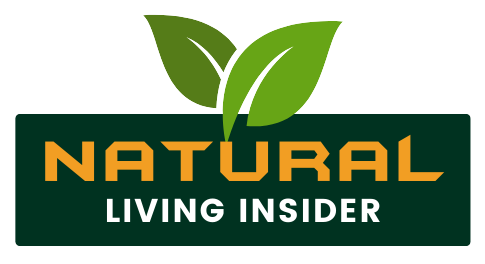
Flexibility is more than just being able to touch your toes or do a split. It plays a vital role in overall health, injury prevention, posture, and even stress relief. As we age, our muscles naturally tighten, and without regular stretching, our range of motion diminishes, leading to discomfort, poor movement, and higher injury risk. Fortunately, improving flexibility is achievable at any age through consistent practice.
In this comprehensive guide, we’ll explore the benefits of stretching, types of flexibility training, and practical tips to help you stretch safely and effectively.
Table of Contents
Why Stretching and Flexibility Matter
-
Increases Range of Motion
Improved flexibility allows your joints to move freely and function better in everyday tasks and physical activities. -
Reduces Risk of Injury
Flexible muscles are less prone to strains and tears. Stretching helps prepare the body for movement and prevents overstressing muscles. -
Improves Posture and Alignment
Tight muscles can pull the body out of alignment. Stretching key areas (like the hips, back, and chest) enhances posture. -
Enhances Circulation
Stretching increases blood flow to the muscles, aiding in recovery and reducing muscle soreness. -
Relieves Stress and Tension
Stretching can be calming, especially when combined with deep breathing. It relaxes tense muscles and helps reduce anxiety.
Types of Stretching
Understanding different types of stretching is important for applying the right method at the right time:
-
Static Stretching
-
Involves holding a stretch for 15–60 seconds
-
Best after workouts or as a separate session
-
Example: Hamstring stretch while seated
-
-
Dynamic Stretching
-
Controlled, active movements that prepare muscles for exercise
-
Ideal for warming up
-
Example: Leg swings, arm circles
-
-
Ballistic Stretching
-
Uses bouncing motions to force a stretch
-
Not recommended for beginners due to injury risk
-
-
PNF (Proprioceptive Neuromuscular Facilitation)
-
Advanced technique involving stretching and contracting targeted muscles
-
Often used by athletes and in physical therapy
-
-
Active Isolated Stretching (AIS)
-
Short stretches held for 1–2 seconds and repeated several times
-
Helps improve flexibility safely without muscle fatigue
-
How to Start a Flexibility Routine
Consistency is key to seeing real progress. Follow these steps to build a safe and effective flexibility plan:
1. Warm-Up First
Never stretch cold muscles. A quick 5–10 minute warm-up (such as brisk walking or light jogging) increases blood flow and prepares the body.
2. Focus on Major Muscle Groups
Stretch the following areas regularly:
-
Hamstrings
-
Quadriceps
-
Calves
-
Hip flexors
-
Lower back
-
Shoulders and neck
-
Chest
3. Start Slow and Be Consistent
If you're inflexible, don’t force deep stretches. Gradual progression is safer and more effective. Aim for 3–5 sessions per week, even just 10–15 minutes a day.
4. Breathe Deeply
Never hold your breath while stretching. Deep, slow breaths help relax your muscles and deepen the stretch.
5. Use Props for Support
Yoga blocks, straps, or towels can assist with proper form and make stretches accessible to all levels.
Sample Daily Flexibility Routine (15 Minutes)
-
Neck Rolls – 1 minute
-
Shoulder Rolls and Arm Cross Stretch – 2 minutes
-
Standing Side Stretch – 1 minute
-
Seated Forward Fold – 2 minutes
-
Cat-Cow Stretch – 2 minutes
-
Lunge with Spinal Twist – 2 minutes each side
-
Child’s Pose – 2 minutes
Mental Benefits of Stretching
Stretching is not just physical—it offers mental wellness benefits:
-
Releases mental tension
-
Improves mood and focus
-
Promotes mindfulness when paired with breathing
Try integrating stretching with yoga or meditation to experience deeper mind-body balance.
Stretching Safety Tips
-
Never stretch to the point of sharp pain—mild discomfort is okay, but pain is a warning
-
Avoid bouncing (ballistic stretching), especially without supervision
-
Stretch both sides of the body equally
-
If you have injuries or health concerns, consult a healthcare provider before starting a new program
Your Flexibility Journey
Improving flexibility is a journey, not a one-day transformation. With commitment, patience, and the right technique, you can enjoy greater mobility, comfort, and vitality. Whether you’re a desk worker, an athlete, or a senior adult, stretching can significantly improve your quality of life.
So start today, even if it’s just 10 minutes. Your body will thank you.


